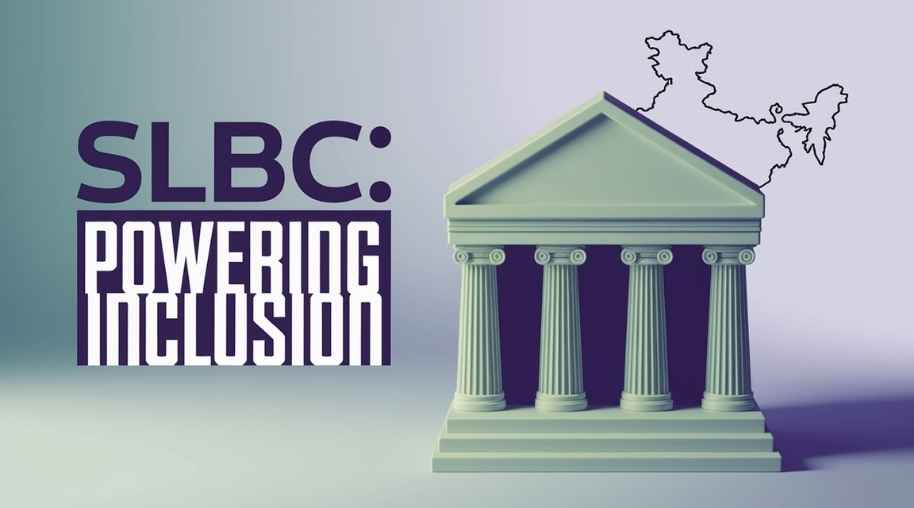SLBC Full Form-State-Level Bankers’ Committee
by Shashi Gaherwar
0 2403
State-Level Bankers’ Committee (SLBC): Role, Functions, and Importance in Financial Inclusion

Introduction
The State-Level Bankers’ Committee (SLBC) is a vital banking coordination platform in India, established in each state to ensure the implementation of banking policies, financial inclusion programs, and economic development initiatives. Directed by the Reserve Bank of India (RBI), SLBC acts as a bridge between central and state governments, financial institutions, and regulators.
By uniting stakeholders, SLBC facilitates discussions on credit distribution, rural banking, priority sector lending, and financial literacy. This article explores the structure, functions, objectives, and significance of SLBC in India’s banking landscape.
What is the State-Level Bankers’ Committee (SLBC)?
The SLBC is a high-level forum that strengthens financial inclusion and economic growth at the state level. Convened by the state’s Lead Bank, it brings together policymakers, banks, and government representatives to address state-specific financial issues under RBI guidance.
Objectives of SLBC
SLBC serves as an advisory and policy-making body with the following objectives:
- Coordinating Banking Activities: Ensure collaboration for policy execution.
- Financial Inclusion: Promote banking access in rural and unbanked areas.
- Priority Sector Lending: Monitor credit to agriculture, MSMEs, and weaker sections.
- Infrastructure Development: Support rural projects through banking.
- Credit Planning: Review progress in credit distribution and schemes.
- Issue Resolution: Address banking operation grievances.
Structure and Composition of SLBC
SLBC includes:
- Convener Bank: Lead Bank conducts meetings and sets agendas.
- RBI: Provides regulatory oversight.
- NABARD: Focuses on rural credit and agriculture.
- State Government: Representatives from finance, agriculture, and MSME departments.
- Banks: Public, private, regional rural, and cooperative banks.
- MFIs and NGOs: Support financial literacy and inclusion.
Functions of SLBC
- Financial Inclusion: Implements Financial Inclusion Plans (FIP) and expands Business Correspondent networks.
- Credit Monitoring: Ensures funds reach priority sectors like agriculture and MSMEs.
- Government Schemes: Executes programs like PM Jan Dhan Yojana, MUDRA, and Kisan Credit Card.
- Regional Issues: Resolves challenges like ATM access and credit gaps.
- Rural Banking: Strengthens Regional Rural Banks and cooperatives.
- Meetings: Holds quarterly reviews of banking performance.
- Digital Banking: Promotes mobile banking and fintech innovations.
Challenges Faced by SLBC
- Slow Implementation: Infrastructure and awareness issues delay financial inclusion.
- Limited Penetration: Remote areas lack banking facilities.
- Credit Flow Issues: Risk perceptions hinder lending to MSMEs and farmers.
- Coordination Challenges: Conflicting priorities among stakeholders.
- Cybersecurity Risks: Ensuring secure digital banking.
Recent Developments in SLBC Operations
- Digital Banking: Expansion of UPI and Aadhaar-linked services.
- Green Finance: Funding renewable energy and sustainable agriculture.
- Cooperative Banking: Strengthening District and State Cooperative Banks.
- Women and SHG Financing: Supporting women entrepreneurs and Self Help Groups.
- AI and Analytics: Using AI for credit risk assessment.
The State-Level Bankers’ Committee (SLBC) is critical to India’s financial ecosystem, ensuring accessible banking, promoting financial inclusion, and implementing government schemes. By addressing regional issues and encouraging digital transformation, SLBC drives economic development.
Enhancing coordination, improving rural infrastructure, and leveraging technology will ensure greater banking penetration, advancing India’s journey toward an inclusive and financially empowered society.
Further Learning Resources
If you’re passionate about building a successful blogging website, check out this helpful guide at Coding Tag – How to Start a Successful Blog. It offers practical steps and expert tips to kickstart your blogging journey!
For dedicated UPSC exam preparation, we highly recommend visiting www.iasmania.com. It offers well-structured resources, current affairs, and subject-wise notes tailored specifically for aspirants. Start your journey today!

Share:








Comments
Waiting for your comments